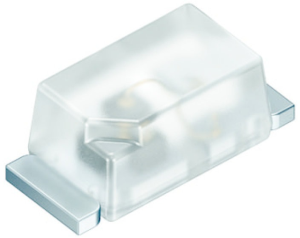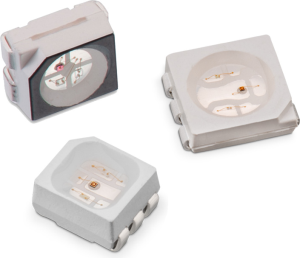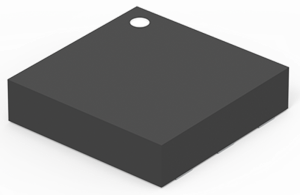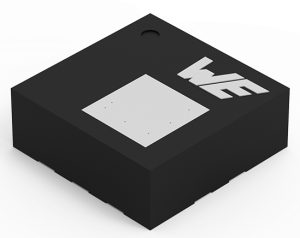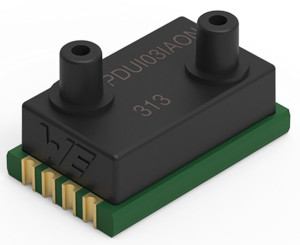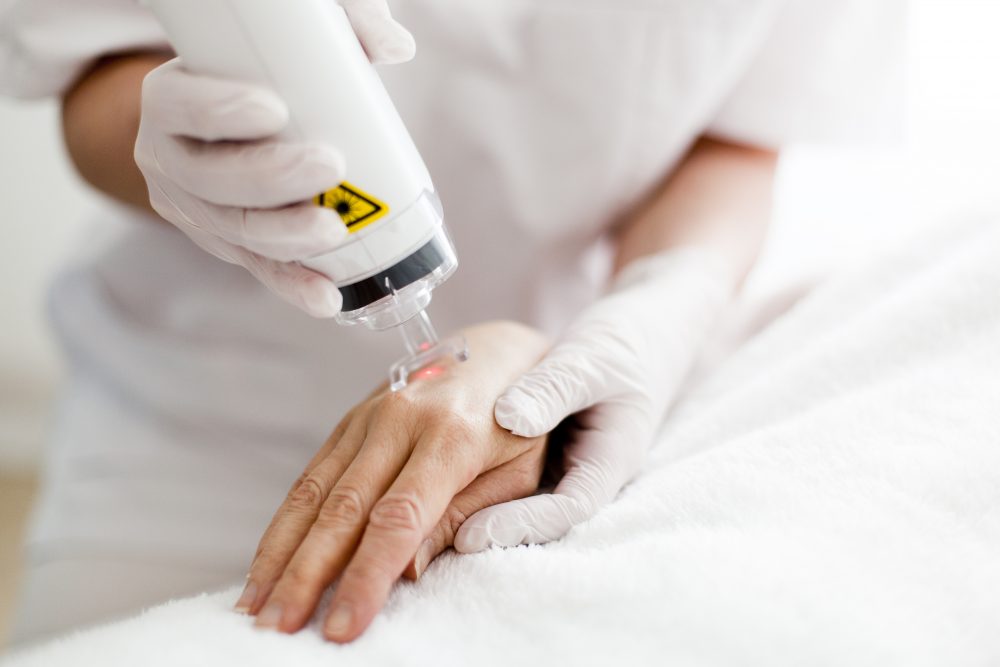
How EDA simulation supports dermatology
EDA simulations are not only widely used in engineering, but are also used in dermatology, from medical laser technology to imaging systems to wearable sensors for skin monitoring. How do EDA simulations help advance developments in dermatology? What are the potentials and challenges? We have compiled the most important developments for you and take a look into the future.
Simulators are available en masse in the business sector as well as in the private leisure sector. Their basic function is to try out and test sequences of actions, systems or concrete technical projects or functions. The clear intention: processes are put to the acid test in terms of their functionality and efficiency before actual or instead of real use and commissioning – or simply played through. Unlike in real operation, faulty settings, components or handling in simulations do not immediately lead to damage of a financial, time or safety-relevant nature. EDA simulation, which enables the virtual testing of technical circuits, offers great potential for use in dermatological medicine.
An introduction to EDA simulation
The design and construction of electronics has to be trained. Arrangement, materials as well as the respective context of use make complex demands on the design. Especially in microelectronics, the design phase often includes challenging tasks. This is exactly where Electronic Design Automation (EDA) enters the picture. The term refers to software for the computer-aided design (CAD) of electronic components. In electronic engineering, EDA helps to design complex electronic systems and to realistically mimic their application. In particular, EDA is often used to optimize the design of digital and analog circuits before they are physically produced.
Applications of EDA Simulation in Dermatology
Medicine is a particularly critical application area for any technology, and high demands are placed on the components and electronics used. Preliminary test runs using EDA simulation are therefore in high demand. Especially in the field of dermatology, the technology offers numerous possibilities for the development and optimization of medical devices.
Medical laser technology
The use of laser technology is an important treatment method in dermatology. Various improvements can be achieved through EDA-based simulation.
- From the very beginning, when designing the electronic circuits of the laser treatment system, virtual testing is essential to check functionality and efficiency in advance.
- In the course of optical simulation, the light source is also mimicked, and key factors such as light propagation, scattering and focusing are examined. Optimizations can then be made based on this analysis.
- Since laser treatments involve heat, the thermal component can also be simulated to control heat dissipation and prevent overheating of the skin.
- Signal integrity analyses are possible to identify problems such as signal distortion, noise or reflections.
- PCB layout optimization provides additional stability for system performance.
Medical imaging systems
To best detect skin lesions and cellular changes, dermatology relies on reliable imaging systems. Simulation software allows improvements to the algorithms and operation of the corresponding techniques, increasing the quality of treatments.
- Simulation of noise reduction, contrast enhancement and edge detection in imaging increases diagnostic precision.
- Analyses and subsequent adjustment of light source or sensor design also have a positive effect on subsequent image quality, which in turn facilitates diagnosis.
Wearable sensors for skin monitoring
For the ongoing monitoring of dermatological parameters such as moisture, temperature or pH, medicine is increasingly relying on smart wearables in the interest of skin health. To ensure accurate and reliable results in data acquisition, ideal sensor placement is a basic requirement. The EDA simulation helps to ensure that the sensor design can be created in such a way that wearing comfort and function are in harmony. Because: Only a secure, continuous collection of data provides meaningful results.
The potential and future developments of EDA simulations
Research is also dedicated to the immense potential of EDA-based simulation. In dermatology, the following technologies in particular are extremely promising:
- Artificial Intelligence and Machine Learning: the judicious use of Big Data also promises great success in combating skin diseases. AI-assisted EDA simulation therefore aims to create systems for intelligent diagnosis of skin diseases and associated decision-making processes. The database from results of comprehensive analyses should enable more precise diagnoses and lead more quickly to personalized treatment approaches. The design of the necessary hardware can be largely optimized by EDA simulation.
- Microneedle technology: the use of microneedles is another emerging area in dermatology that could benefit from EDA simulation. From drug delivery to skin sampling, needles are used in many applications. EDA simulation software takes a critical look at these fine tools with the intention of perfecting design and production processes.
Challenges and Limitations of EDA Simulation in Dermatology
Electronic Design Automation represents a powerful tool for dermatological purposes, but the process has its limitations. Probably the biggest challenge is the fact that each person’s body and skin are unique: Thus, there are hardly any standardized properties in the sense of generally applicable parameters in the application field of dermatology.
- Variability of skin reactions: Each person reacts individually to treatments and drugs -this also applies specifically to the skin. EDA simulation cannot predict all possible skin reactions because it is based on average values and models.
- Complexity of skin structure: skin is composed of different layers and tissues that vary in structure and composition. The simulation of skin changes and reactions is therefore a complex task, as the exact properties of the physical skin to be treated later are difficult to predict.
Medical technology and electronics – a winning combination
For dermatology, EDA simulation opens up a multitude of new possibilities. From medical laser technology to imaging systems and skin monitoring with wearable sensors, software solutions developed to date are currently revolutionizing the diagnosis and treatment of skin diseases.
Want to learn more about electronics in the medical application sector? Bürklin Elektronik presents interesting news in the online magazine “Blickpunkt Elektronik Kompetenz”. Read about telemedicine, sophisticated connectivity solutions and benefits from 3D printing!

